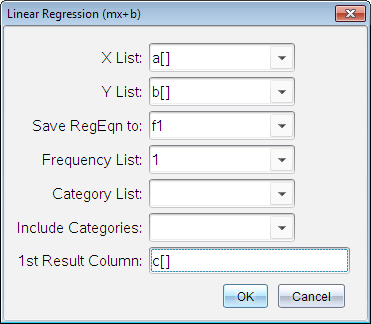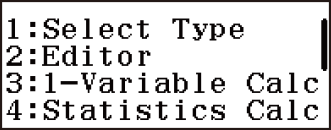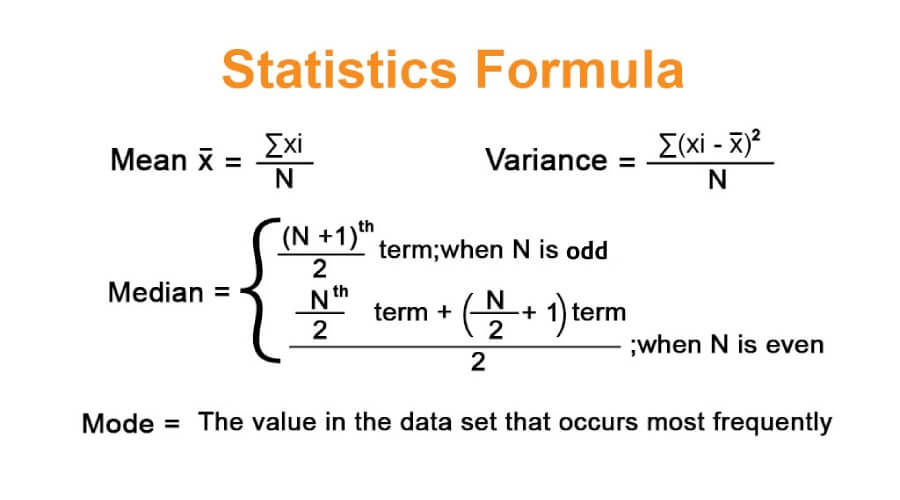


The function calculates the total for the Monthly Spend column, which is $1,496.įigure 2.11 shows the appearance of the SUM function added to the Budget Detail worksheet before pressing the ENTER key. This places the range C3:C11 into the function. Click cell C3 and drag down to cell C11.Click the Budget Detail worksheet tab to open the worksheet.The following illustrates how a function can be added to a worksheet by typing it into a cell location: It is important to note that there are several methods for adding a function to a worksheet, which will be demonstrated throughout the remainder of this chapter.

With regard to the Budget Detail worksheet, we will use the SUM function to calculate the totals in row 12. The SUM function is used when you need to calculate totals for a range of cells or a group of selected cells on a worksheet. The total of all numeric values in a group

The standard deviation for a group of numbers based on a sample The result of multiplying all the values in a range of cell locations The number that appears most frequently in a group of numbers The lowest numeric value in a group of numbers The middle number in a group of numbers (half the numbers in the group are higher than the median and half the numbers in the group are lower than the median) The highest numeric value in a group of numbers The number of cell locations in a range that contain a text or numeric character The number of cell locations in a range that contain a numeric character The average or arithmetic mean for a group of numbers Table 2.4 Commonly Used Statistical Functions Function In addition to demonstrating functions, this section also reviews percent of total calculations and the use of absolute references. This section demonstrates a variety of statistical functions that we will add to the Personal Budget workbook. However, when you use a function, you can highlight all the cells that contain values you wish to sum in just one step. This can be very time-consuming if you have to add the values in a few hundred cell locations. If you use a formula to add the values in a range of cells, you would have to add each cell location to the formula one at a time. Functions are more efficient than formulas when you are applying a mathematical process to a group of cells. A list of commonly used statistical functions is shown in Table 2.4. For example, the SUM function is used to add the values contained in a range of cells. Statistical functions apply a mathematical process to a group of cells in a worksheet. In addition to formulas, another way to conduct mathematical computations in Excel is through functions.
TYPES OF STATISTICAL CALCULATIONS EXCEL HOW TO


 0 kommentar(er)
0 kommentar(er)
